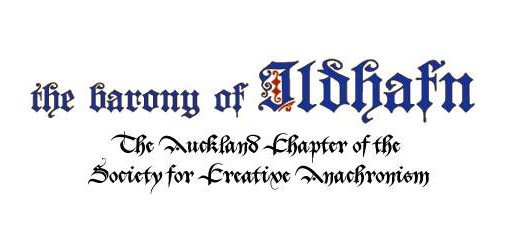Weepe O Mine Eies
Date:1609 Description:Weepe, O Mine Eies is one of John Wilbye’s most expressive madrigals, filled with sorrowful imagery and intense emotional depth. It explores themes of longing and inner torment, using striking chromaticism and dissonance to paint the text. Discussion:Published in Wilbye’s Second Set of Madrigales (1609), this piece is a …
